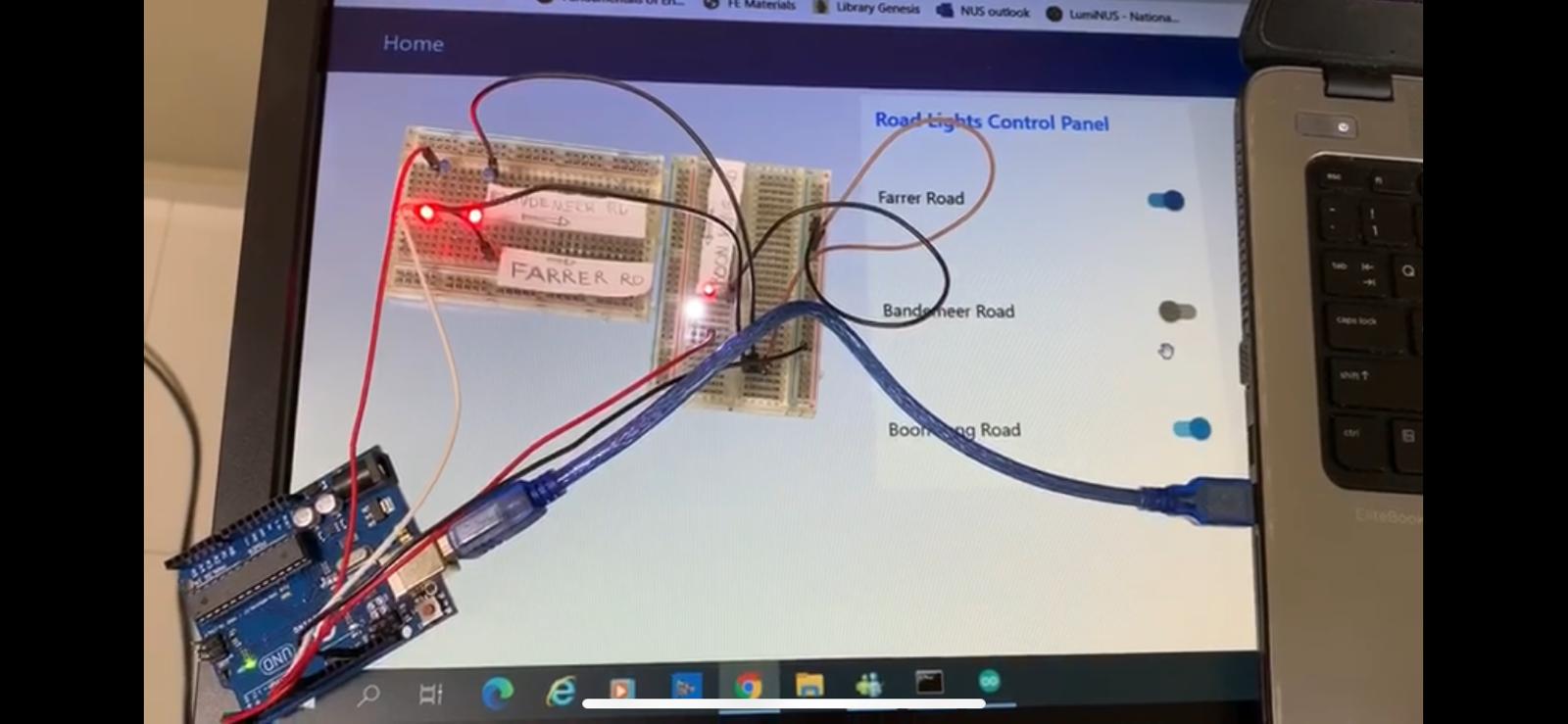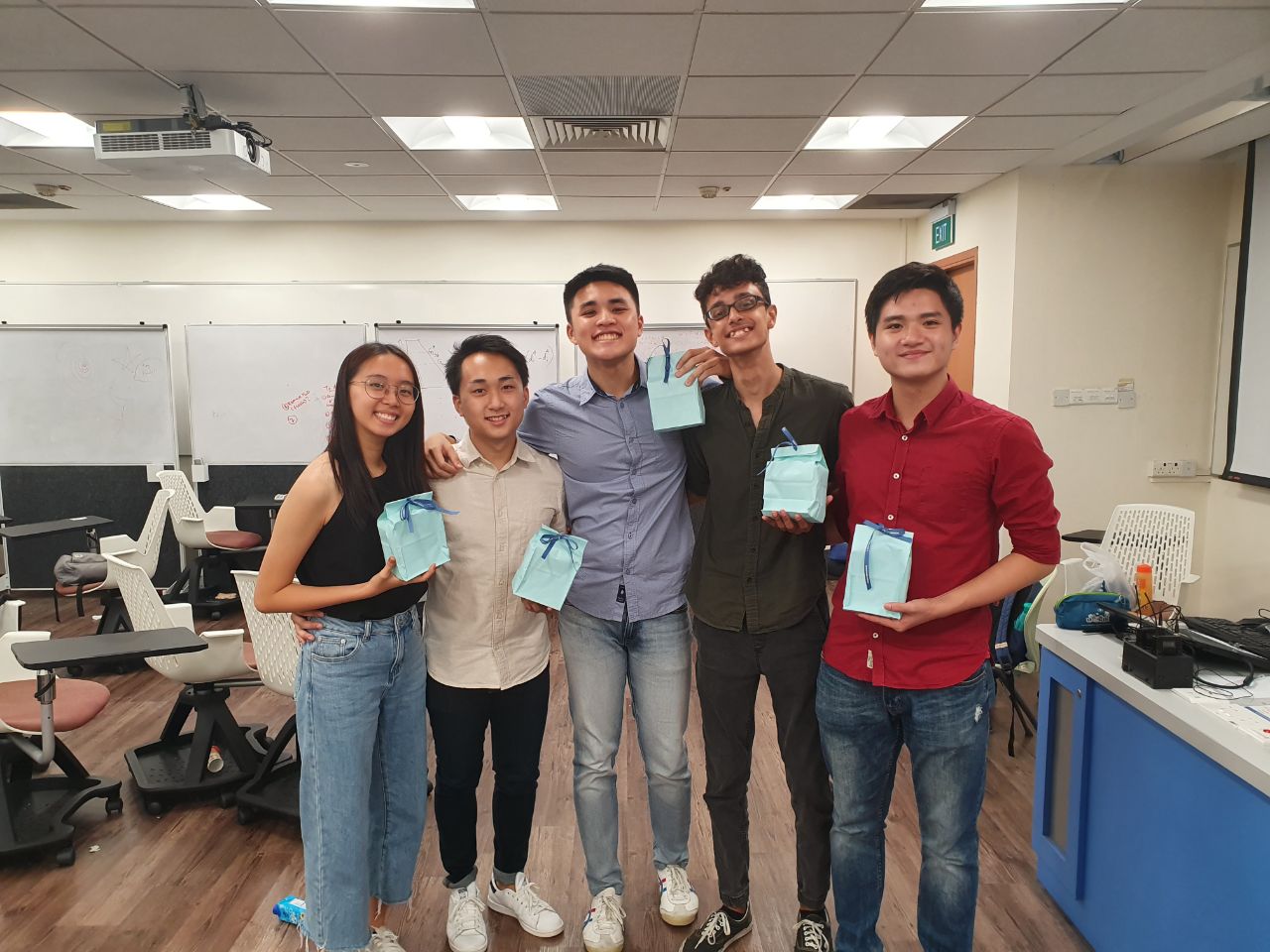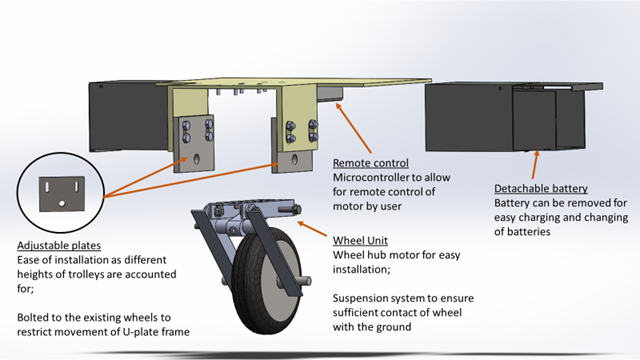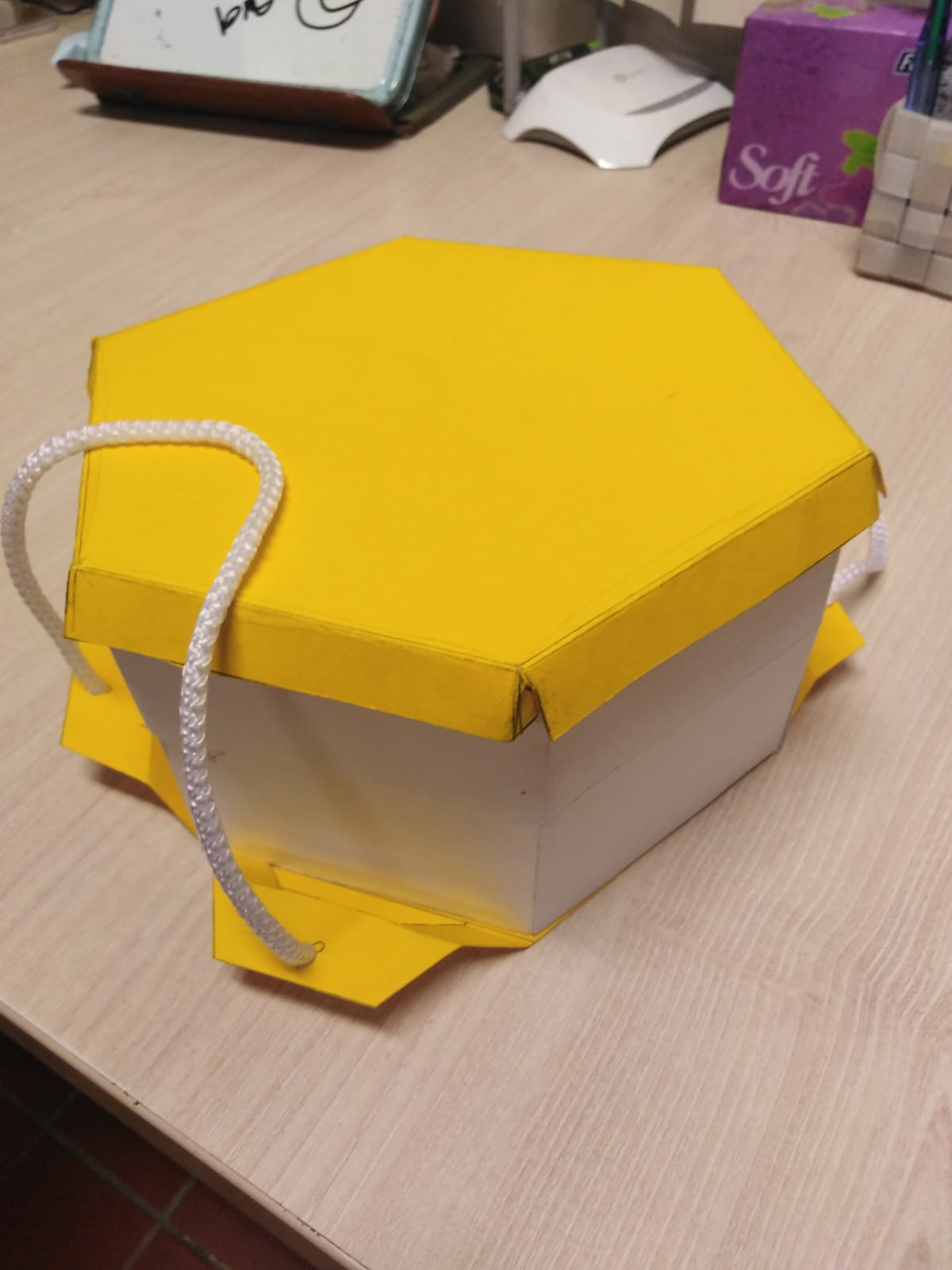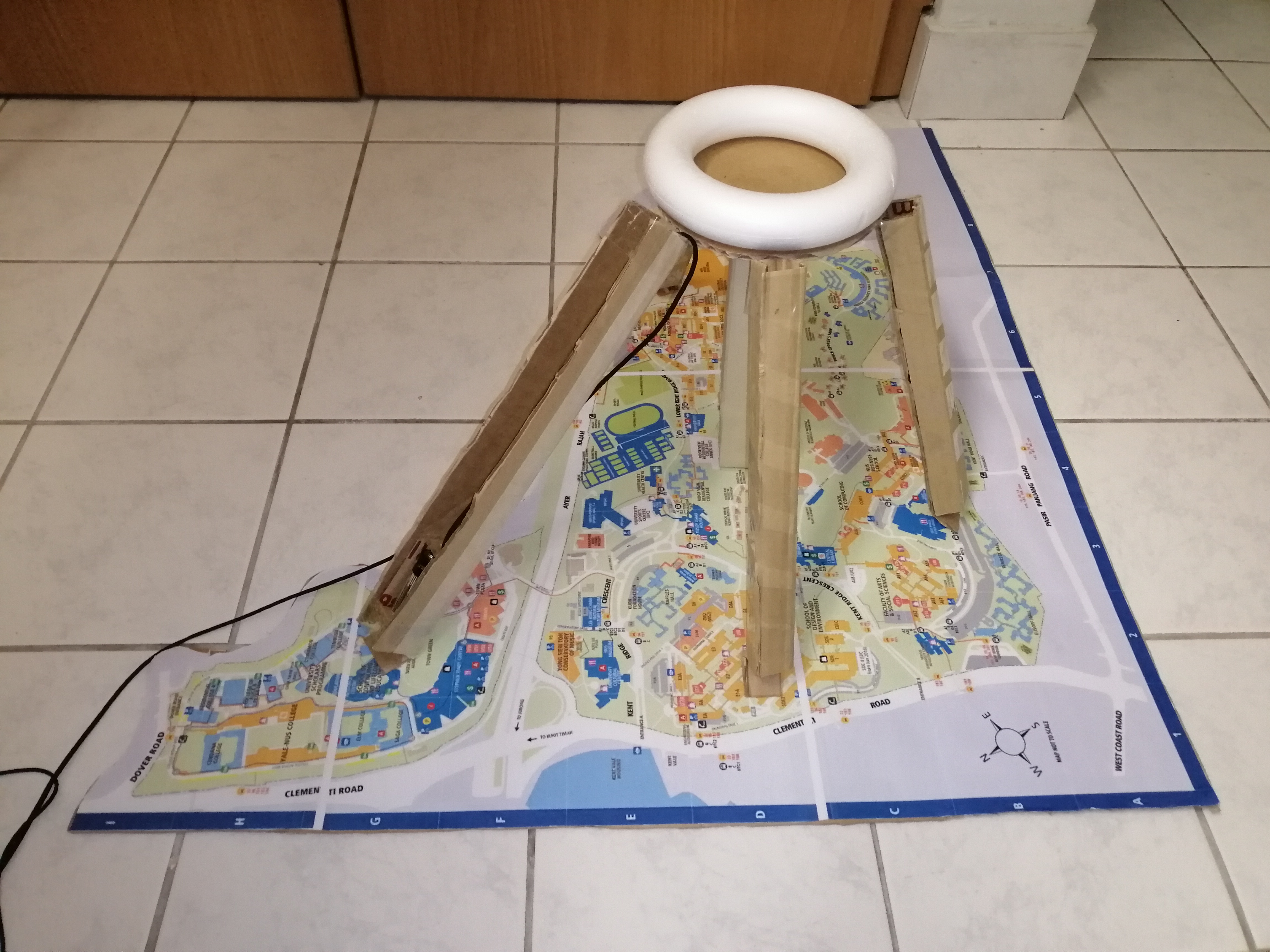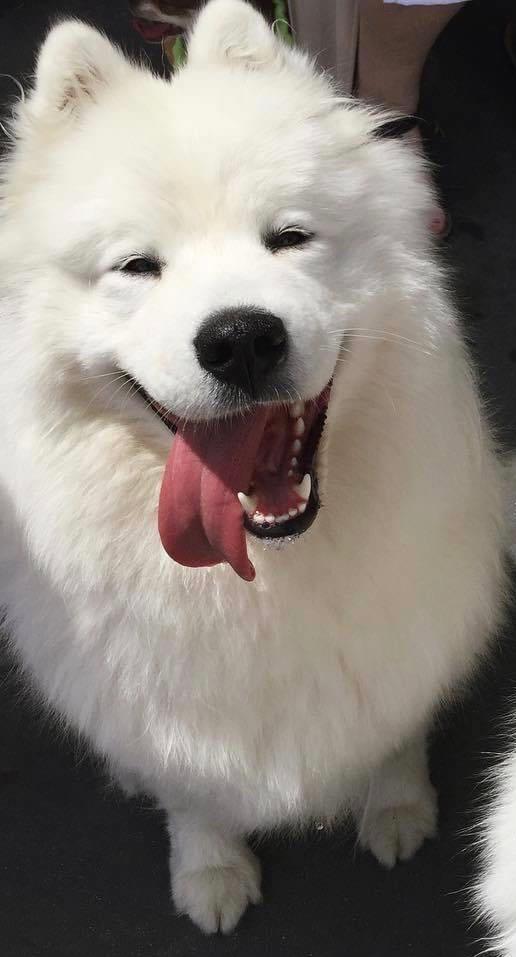Competitions
DSTA Brainhack 2020 - Today I Learned (TIL) Artificial Intelligence (AI) Camp
-- Champion --
Link:
Github Repo
TIL 2020 is a competition organized by the Defence Science and Technology Agency as part of BrainHack2020
which involves Natural Language Processing and Computer Vision to train a robot to complete challenges autonomously.
Details:
• Achieved 1st place out of 92 Uni/Poly teams.
• Implemented transfer learning to create object detection models.
• Adapted image augmentation script into data pipeline to enhance model training.
• Developed code logic and applied object detection models in robot to autonomously identify objects, navigate obstacles and retrieve target.
NUS Robomaster - Team LumiNUS
Link:
Midterm Video
RoboMaster is an annual robotics competition held in Shenzhen, China and is organized by DJI. The purpose of RoboMaster is to develop young talents in the field of robotics and engineering.
Details:
• Part of the standard robot development team.
• Developed real-time software architecture for robots to interface with different sensors and motors.
• Implemented control loops for precise movement control.
• Embedded systems development in an ARM Cortex microcontroller.
